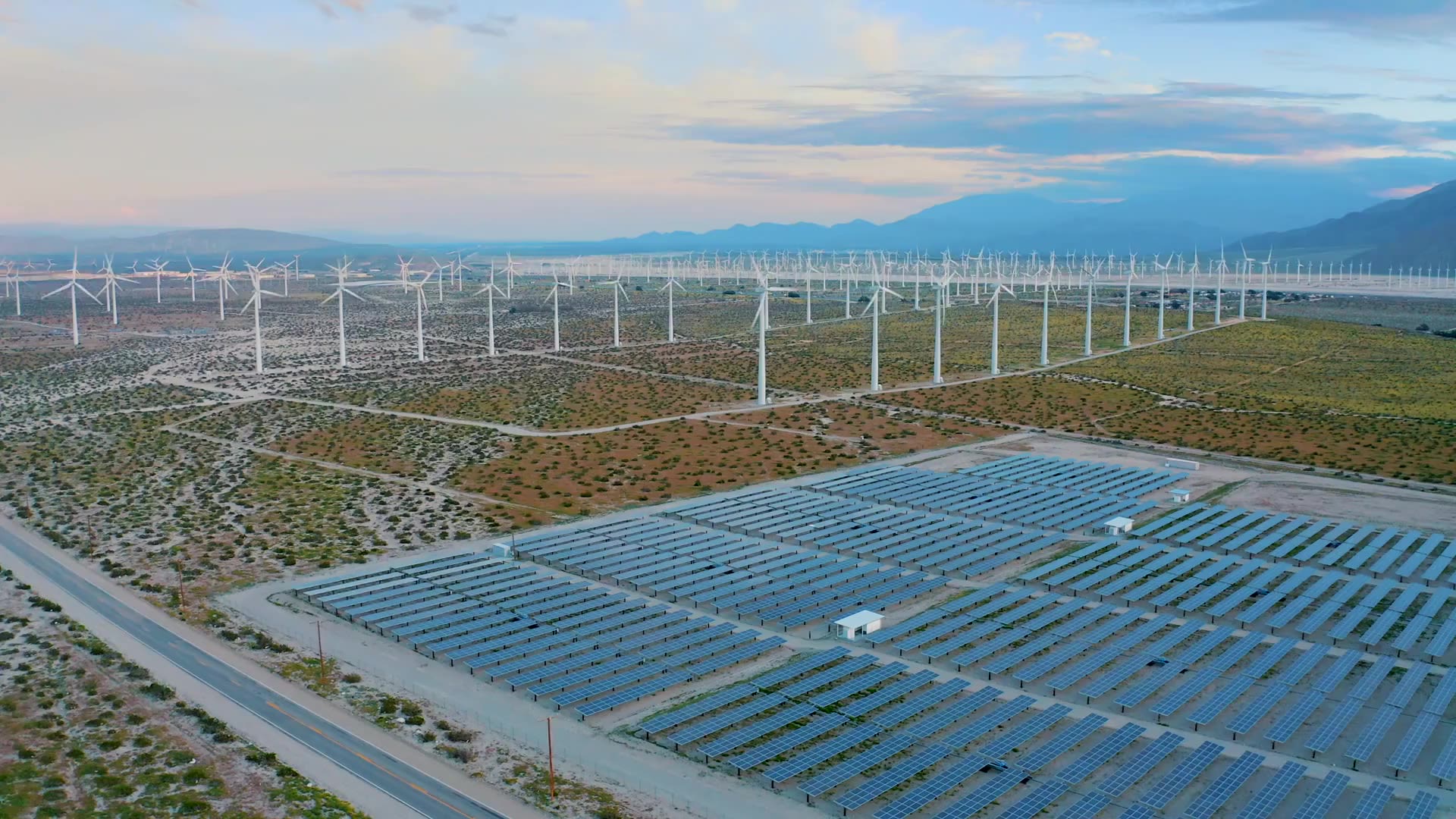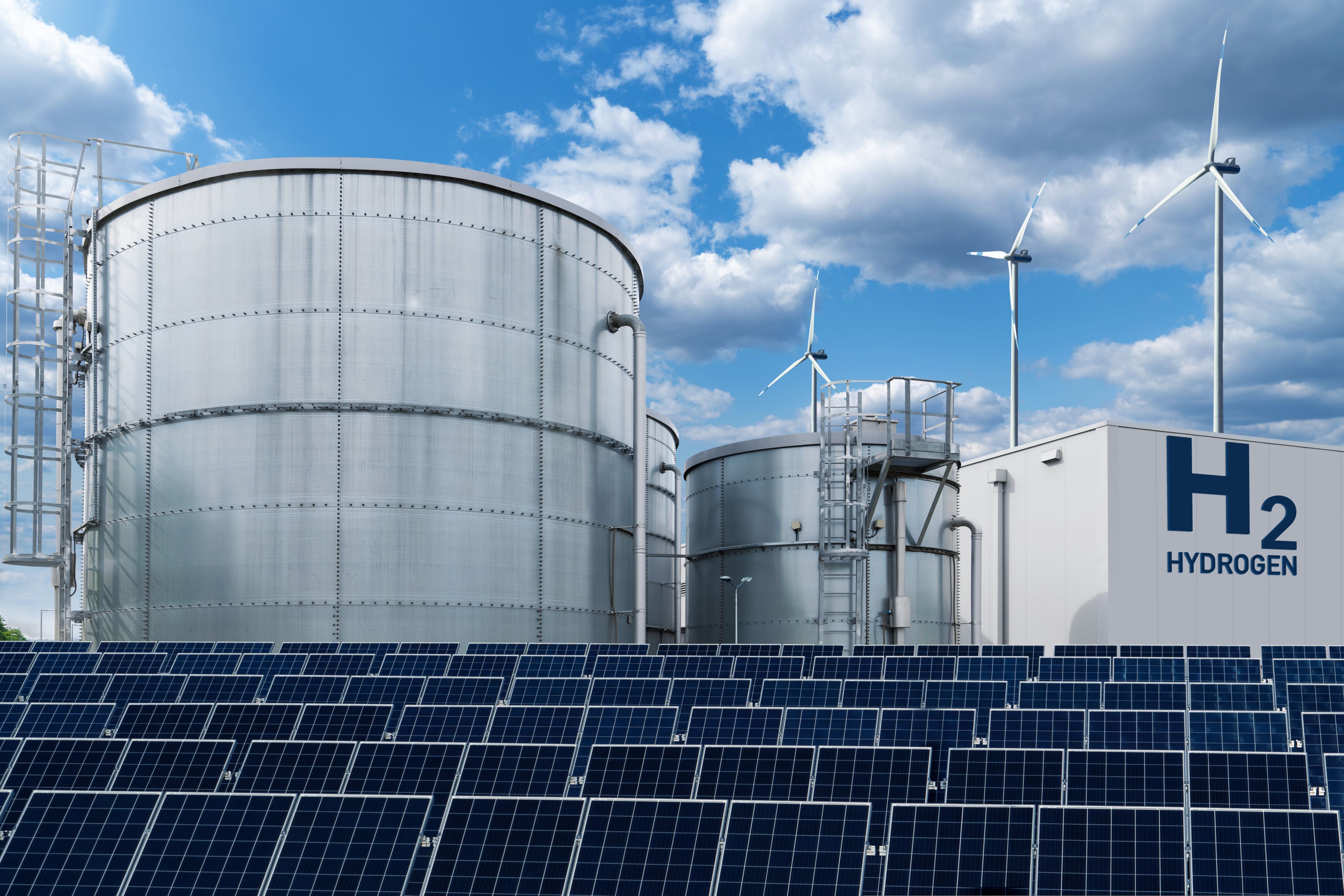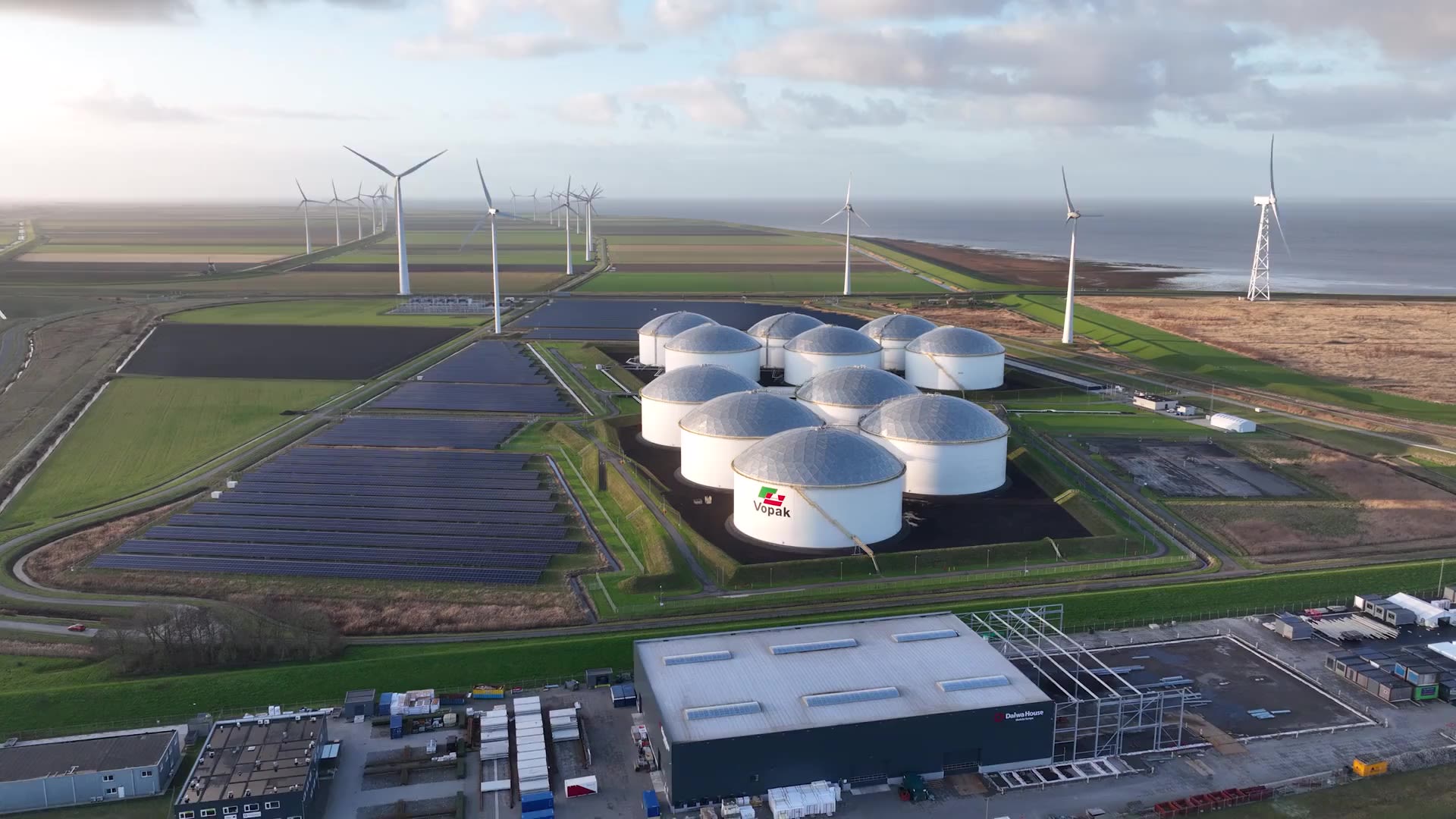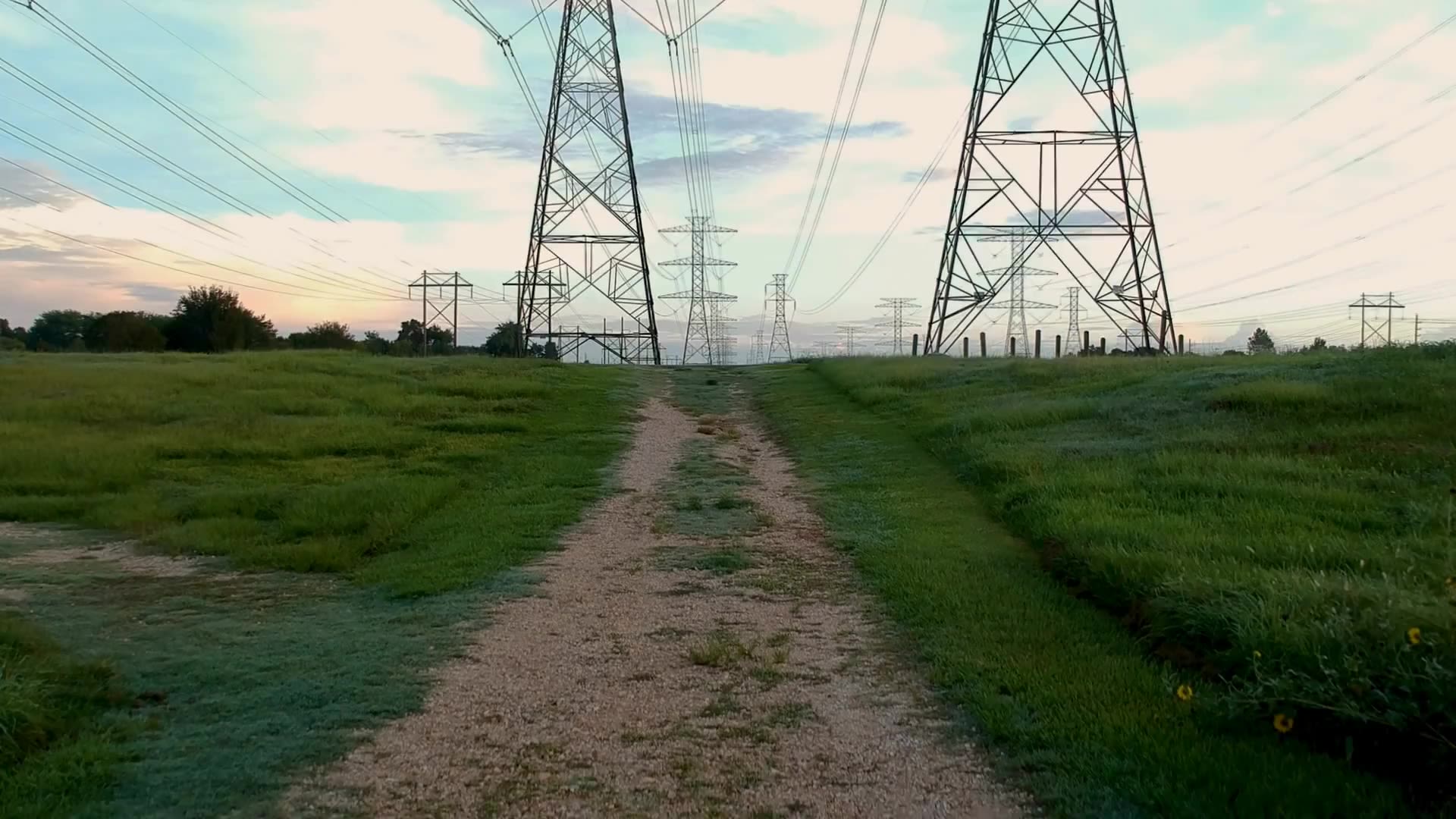Europe's hydrogen regulations: mapping the path to Net Zero

In 2023, the European Commission unveiled its eagerly awaited final Delegated Act for Renewable Fuels of Non-biological Origin (RFNBO), which effectively outlines the rules for producing renewable hydrogen. This landmark legislation has significant implications for the emerging hydrogen economy in Europe and beyond.
Understanding the Delegated Act

The Delegated Act provides a comprehensive framework for the production of renewable hydrogen, encompassing various scenarios in which hydrogen production can be classified as "renewable." These scenarios are not only crucial for European hydrogen producers but also for global hydrogen producers aiming to export to Europe.
One of the fundamental criteria under this Act is the direct connection of the hydrogen plant to a renewable asset. However, the renewable asset cannot become operational sooner than 36 months before the hydrogen plant. Additionally, the proportion of renewable power must exceed 90% in the bidding zone where the hydrogen plant operates.
Another option for renewable hydrogen production is when hydrogen is generated in a bidding zone with grid emissions intensity lower than 18gCO2e/MJ, provided that the hydrogen plant acquires a renewable Power Purchase Agreement (PPA) with temporal and geographical correlation.

Temporal correlation, which ensures that hydrogen production aligns with renewable power generation, is considered achieved if hydrogen production occurs within the same calendar month or hour as the renewable power was generated under the renewable PPA.
Geographical correlation mandates that the renewable asset and hydrogen plant must either be in the same bidding zone, interconnected bidding zones, or in an offshore bidding zone.
Principles and exemptions

The Act also introduces principles and exemptions that project developers must consider when producing renewable hydrogen. The principle of additionality, which evaluates whether renewable power capacity is new to the market, applies until January 2038, for hydrogen plants that commenced operation before January 2028.
Analysing the European power markets

To optimise their projects, developers can assess the development of European power markets up to 2050. This analysis helps determine which countries could leverage specific rules for renewable hydrogen production. Market participants have identified additionality and temporal correlation as the most restrictive principles for project developers. Countries that can avoid these principles may become early leaders in renewable hydrogen production.
Renewable hydrogen potential in Europe

The Delegated Act highlights scenarios where additionality does not apply, such as when a bidding zone's share of renewable consumption reaches 90% or when the grid's carbon content is below 18gCO2e/MJ. High renewable shares provide greater freedom to hydrogen producers, as they can purchase power from the spot market for their electrolysers. A low-carbon grid also eases restrictions, requiring only a renewable PPA and adherence to temporal and geographical correlation.
Based on data from ICIS, Denmark, Norway, Portugal, and Sweden are projected to have excess hydrogen supply by 2030, positioning them as potential exporters of renewable hydrogen. By 2050, 17 out of 28 European countries could support renewable hydrogen production without additionality, indicating a growing opportunity for green hydrogen across the continent.
Low-carbon grids and their role

Low-carbon grids offer a promising avenue for additionality-free renewable PPAs, with 16 countries potentially supporting renewable hydrogen production by the end of the 2030s. Even countries with high shares of nuclear generation can benefit from low-carbon grids, reducing the need for additionality despite temporal correlation requirements.
The road ahead

The flexibility of producing renewable hydrogen from high-renewable grids is set to expand significantly by 2030. However, the principle of additionality, applying from January 2028, may lead to a temporary drop in hydrogen project development during the 2028-2030 window. A tradable spot hydrogen market may develop toward the end of the 2020s or into the 2030s, with most projects requiring renewable PPAs initially.
Once initial capacities for renewable hydrogen production are in place, project owners can utilize periods of imbalance to generate additional renewable hydrogen, further driving the growth of this green energy source.
The global hydrogen markets

Green hydrogen, produced from renewable electricity, is set to play a pivotal role in the energy transition. By 2050, it is expected to represent 14% of global final energy consumption. To achieve this, substantial investments in electrolyser capacity and input electricity are needed. Furthermore, a systemic approach is crucial, focusing on regulation, business models, and system planning to fully realize the potential of a green hydrogen economy.
According to the International Energy Agency, despite ongoing challenges, low-emissions hydrogen projects are on the rise. More than 40 countries worldwide have unveiled national hydrogen strategies, and the number of announced low-emission hydrogen projects continues to expand rapidly. However, the slow deployment of government incentives and persistent cost pressures threaten to delay these projects.
Conclusion

The European Delegated Act for Renewable Fuels of Non-biological Origin marks a significant milestone in the development of renewable hydrogen in Europe. As countries across the continent work to transition to low-carbon and renewable grids, the path to additionality-free renewable hydrogen production becomes clearer. This transition is vital for achieving ambitious climate goals and advancing the green energy revolution. By understanding and leveraging the provisions of the Delegated Act, Europe can pave the way for a sustainable and vibrant hydrogen economy, leading the world towards a greener future.
*Analysis updated as of April 2023
Keep up with hydrogen on ICIS Hydrogen Market Watch, which provides free weekly insights into the hydrogen market.
Author:
Related content
Speak with ICIS
If you are interested in learning about how our specialist insight can help you make better business decisions, contact the ICIS team today. Simply complete the form and we will get in touch with you as soon as possible.



